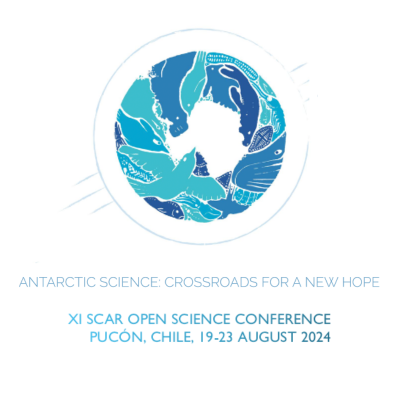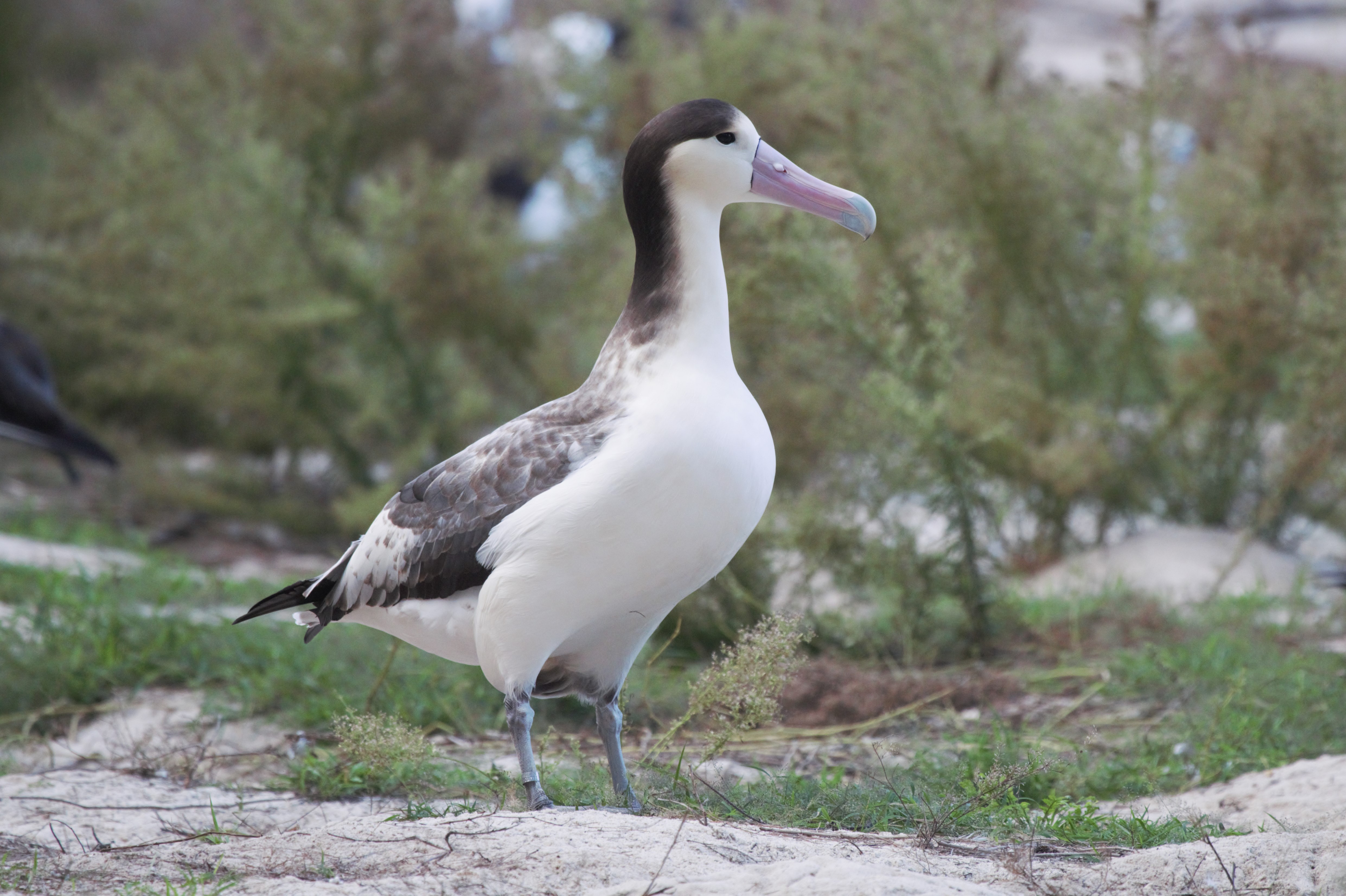 Bruno, the 3 year-old Black-footed Albatross that has returned to Mexico's Isla Guadalupe; photograph © GECI / J.A. Soriano
Bruno, the 3 year-old Black-footed Albatross that has returned to Mexico's Isla Guadalupe; photograph © GECI / J.A. Soriano
The first Black-footed Albatross from an international translocation project has returned to its new home on Isla Guadalupe in Mexico, raising hopes for the establishment of a new breeding colony on the island.
The adult male was one of the 27 Black-footed Albatross eggs and chicks translocated from Hawaii’s Midway Atoll to Isla Guadalupe in the first year of the project in 2021.
The translocation project aims to ensure the long-term survival of Black-footed Albatrosses whose populations predominantly breed on the low-lying atolls of the USA’s North-western Hawaiian Islands which are at risk to climate change. The initiative is a collaboration between Pacific Rim Conservation (PRC), Grupo de Ecología y Conservación de Islas (GECI) and other partner agencies in the USA and Mexico, and is supported by the governments of the two countries.
Director General of GECI, Dr. Federico Alfonso Méndez Sánchez described the mood amongst project partners and field staff on the island as celebratory saying, “We feel humbled by the bird’s resilience and thus encouraged to continue with our efforts to give them a helping hand to thrive amidst the many threats they face.”
Dr Sanchez also pointed to the power of collaboration in conservation stating: “This project is also an example that we can achieve great positive outcomes for threatened species by working cooperatively at a local, regional and international level. Cooperation was key for the current success of this conservation translocation.”
This year, the translocation team were able to place 36 fertilised eggs with nesting Laysan Albatross pairs, who will raise the chicks as their own until they fledge.
23 February 2024

 English
English  Français
Français  Español
Español 
 Abstract submission for the 11th SCAR Open Science Conference is now open. The conference, themed, “Antarctic Science: Crossroads for a New Hope," is being held in Pucón, Chile, from 19-23 August 2024.
Abstract submission for the 11th SCAR Open Science Conference is now open. The conference, themed, “Antarctic Science: Crossroads for a New Hope," is being held in Pucón, Chile, from 19-23 August 2024. Georg Steller, 18th Century German botanist, zoologist, physician and explorer. Artwork courtesy of the Center of Russian-German Cooperation of Georg Wilhelm Steller, University of Tyumen
Georg Steller, 18th Century German botanist, zoologist, physician and explorer. Artwork courtesy of the Center of Russian-German Cooperation of Georg Wilhelm Steller, University of Tyumen
